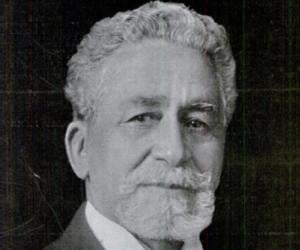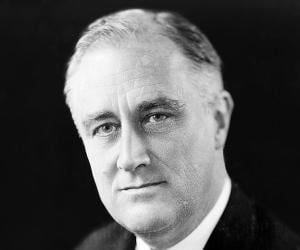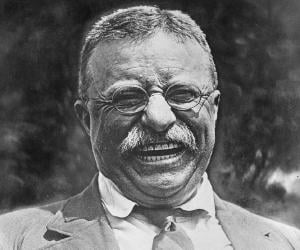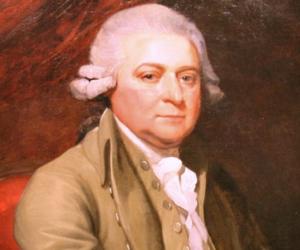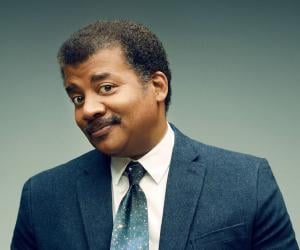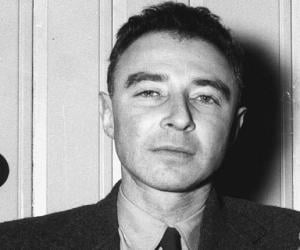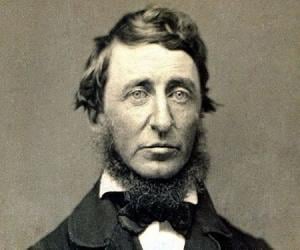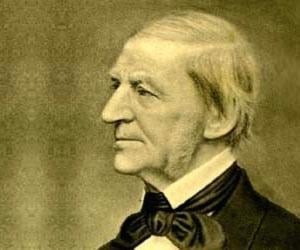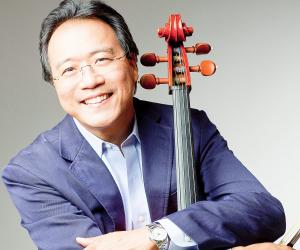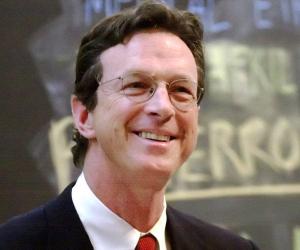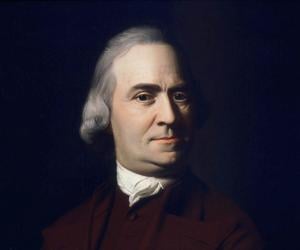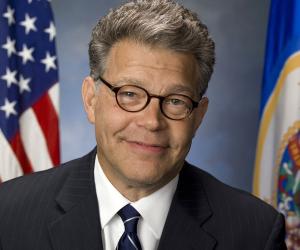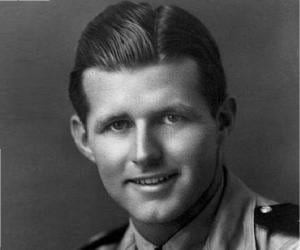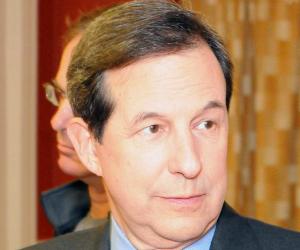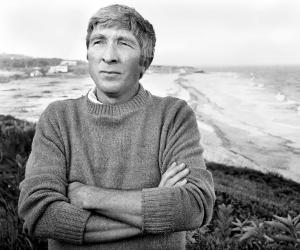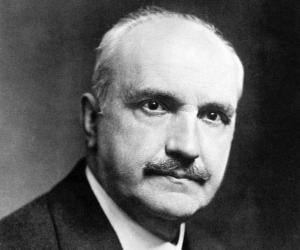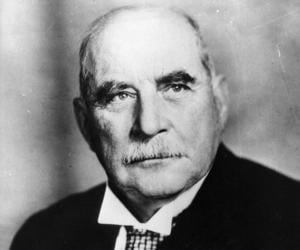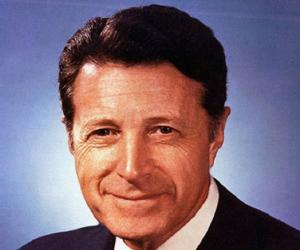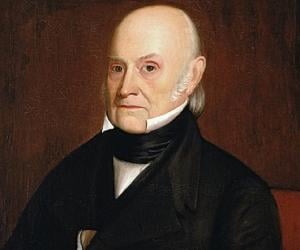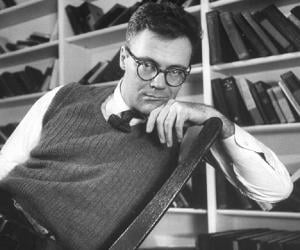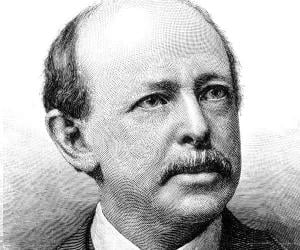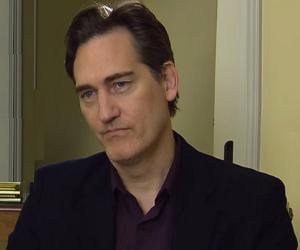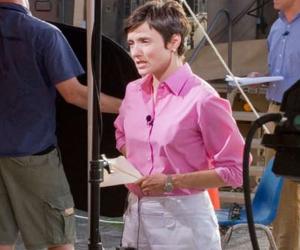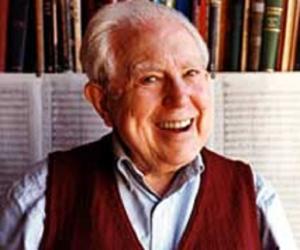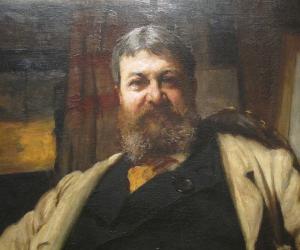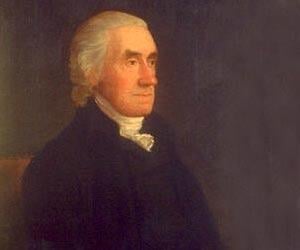F D Roosevelt was the 32nd president of the United States and was in the office from 1933 to1945. Qualified as a lawyer, he entered politics as an ambitious young man, inspired by his relative Theodore Roosevelt, a fellow politician. F D Roosevelt had an illustrious political career and is rated by scholars among the nation's greatest presidents.
The 26th president of the United States, Theodore Roosevelt is generally ranked as one of the five best presidents of the country. A man of many talents, he was a politician, conservationist, naturalist, and writer. He supported Progressive Era policies in the early 20th century and championed his "Square Deal" domestic policies.
One of the Founding Fathers of America, John Adams was a statesman, attorney, and diplomat who served as the second president of the United States. He was a principal leader of the American Revolution. As a lawyer, he was devoted to the right to counsel and presumption of innocence. His administration has been favorably ranked by historians and scholars.
Public Welfare Medal-winning astrophysicist and academic Neil deGrasse Tyson hosted shows such as NOVA ScienceNow, Cosmos: A Spacetime Odyssey, and Star Talk. He is the director of Hayden Planetarium and contributed to the dismissal of Pluto’s status as the ninth planet. He has also written a monthly column as "Merlin.”
Hailed as a brilliant scientific mind, American physicist J Robert Oppenheimer, led the Manhattan Project which resulted in the development of atomic bomb during the World War II. The bombs were dropped on the Japanese cities of Hiroshima and Nagasaki in 1945. However, Oppenheimer was in a constant conflict over the moral issue of the weapons of mass destruction and rallied against nuclear proliferation.
Henry David Thoreau was an American philosopher, essayist, poet, and naturalist. He is credited with popularizing transcendentalism and simple living. His philosophy of civil disobedience, which was detailed in his essay of the same name, later influenced world-renowned personalities like Leo Tolstoy, Martin Luther King Jr., and Mahatma Gandhi.
Ralph Waldo Emerson was an American philosopher who led the transcendentalist movement that developed in the eastern United States in the 1820s and 1830s. He is credited with popularizing individualism through his numerous lectures and essays. Emerson influenced many thinkers and writers that followed him; he mentored Henry David Thoreau, who went on to become a leading transcendentalist.
Michael Crichton was an American filmmaker and author. He wrote several science-fiction books, which have sold more than 200 million copies. Many of his books, such as The Andromeda Strain, Jurassic Park, Congo, Rising Sun, and Disclosure, have been adapted into highly successful films. He is also credited with creating the popular medical drama TV series, ER.
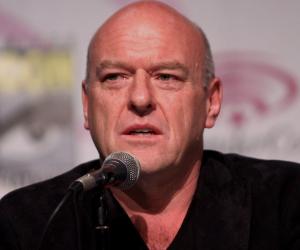
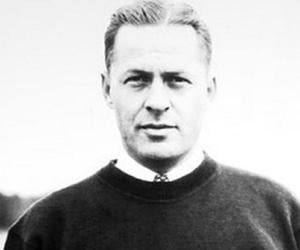
Bobby Jones was an American amateur golfer and lawyer. One of the most important personalities in the history of golf, Jones founded or co-founded the Augusta National Golf Club as well as the Masters Tournament. He also helped design the Augusta. Bobby Jones’ innovations, which he brought to the Masters Tournameny, have been used in professional golf tournaments around the world.
Al Franken served as the U.S. senator from Minnesota, from 2009 to 2018. He has also gained fame as a Saturday Night Live writer, has authored several bestsellers, has hosted The Al Franken Show on radio, and has starred in screen projects such as Stuart Saves His Family.
Joseph P. Kennedy Jr. was a US Navy lieutenant. The eldest of the famous Kennedy siblings, Joseph P. Kennedy Jr. was groomed by his father from a very young age to become the president of the United States. After his death during World War II at age 29, John F. Kennedy took it upon himself to materialize his father's dreams.
Journalist, Chris Wallace ,is best known for his stint as the TV news anchor of the Fox News program Fox News Sunday. As an ambitious young man, he graduated from Harvard University and became a broadcast journalist. Over the years, he gained fame for his tough and wide-ranging interviews. He is the recipient of a Paul White lifetime achievement award.
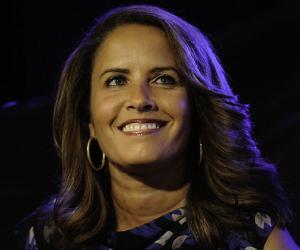
One of George Santayana’s initial works, The Sense of Beauty, spoke about aesthetics, an oft-repeated topic in his later works. The Spanish-born American philosopher and Harvard professor is remembered for his quote “Only the dead have seen the end of war,” which has often been misattributed to Plato.
J. P. Morgan Jr. was an American finance executive, banker, and philanthropist. He became the head of the investment banking institution, J.P. Morgan & Co., after his father J. P. Morgan's demise in 1913. J. P. Morgan Jr. was also an important philanthropist, who donated his London residence to the U.S. government in 1920.
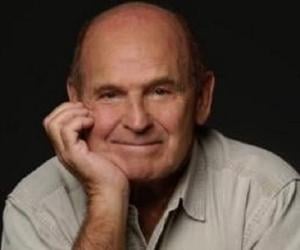
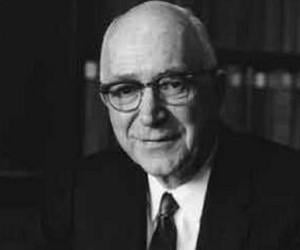
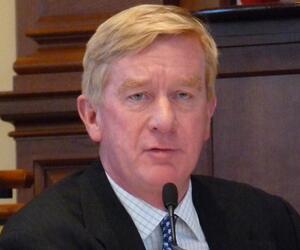
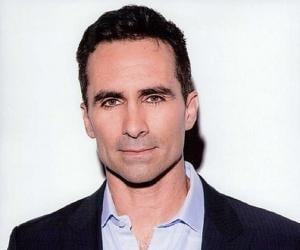
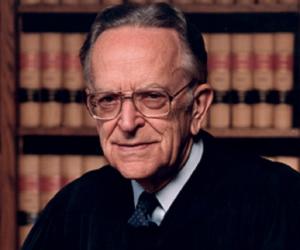
The sixth president of the United States of America John Quincy Adams played a key role in shaping America during its formative years. He helped develop the Monroe Doctrine, which eventually became a vital tenet of the U.S. foreign policy. He is also widely regarded as one of the greatest secretaries of state and diplomats in the American history.
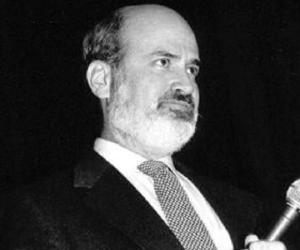
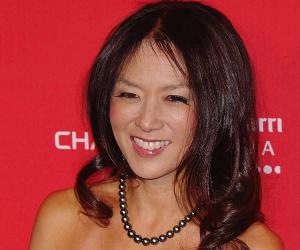
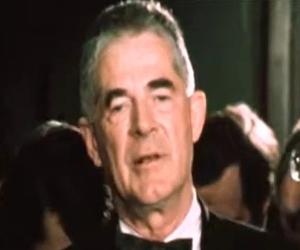
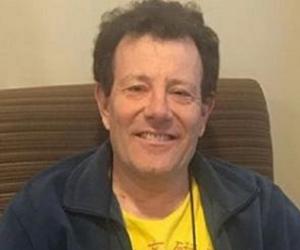
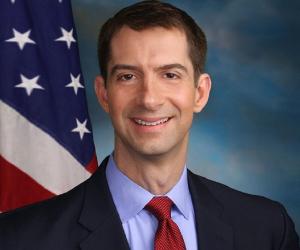
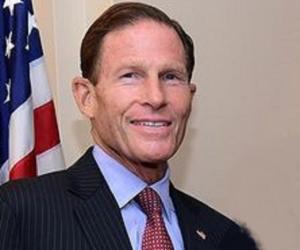
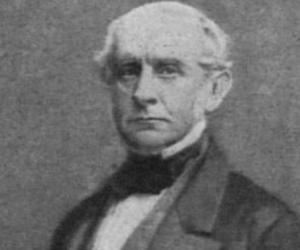
Charles Francis Adams Sr. was an American writer, historical editor, diplomat, and politician. He played a key role during the American Civil War, serving as the US Minister to the UK under Abraham Lincoln; he used his diplomacy to not recognize the Confederacy and keep the British government neutral. He is credited with building Adams National Historical Park.
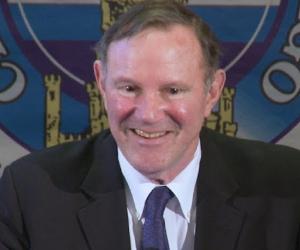

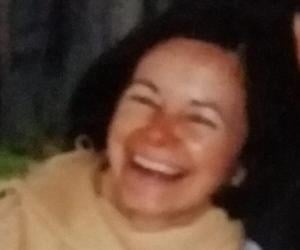
CBS News journalist Catherine Herridge has won multiple awards, such as the Tex McCracy Award, for investigative journalism and covered many international events such as the 9/11 attacks. She has also worked with FOX News and penned the book The Next Wave, which spoke about homegrown terrorism.
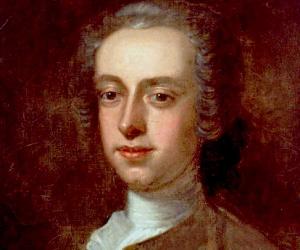
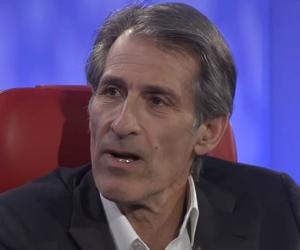
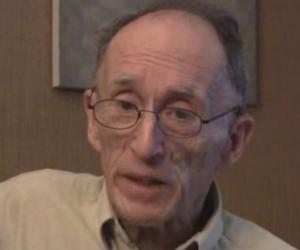
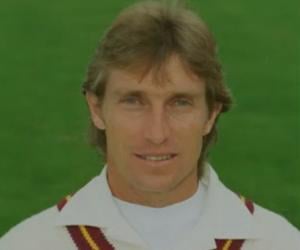
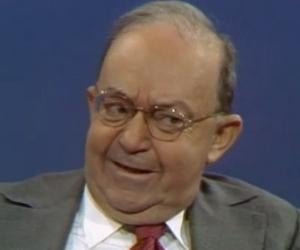

Architect Henry Hobson Richardson is best remembered for introducing what later came to be known as Richardsonian Romanesque. The great-grandson of scientist Joseph Priestley, he was educated at Harvard. Initially an aspiring civil engineer, he later drifted to architecture. His works included libraries, commercial buildings, and the Trinity Church.
